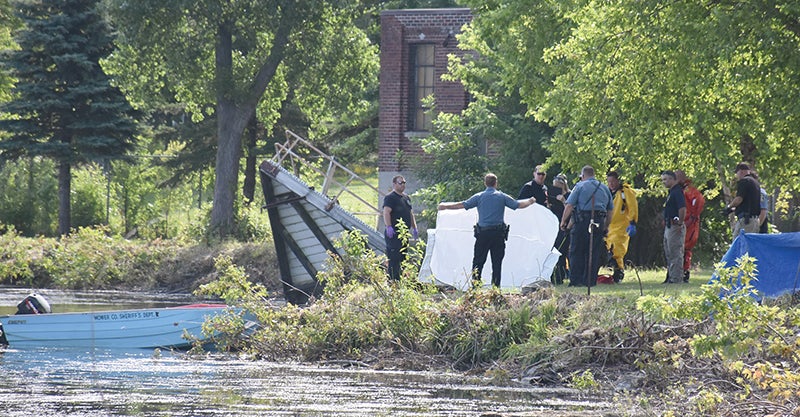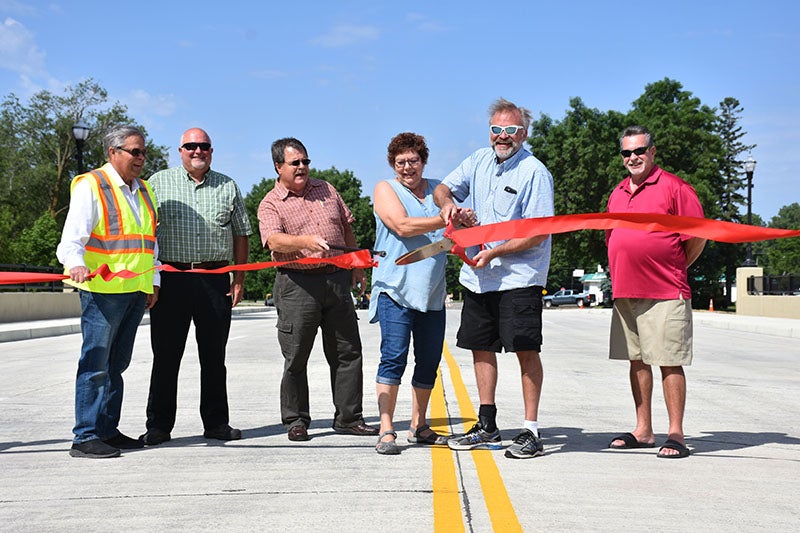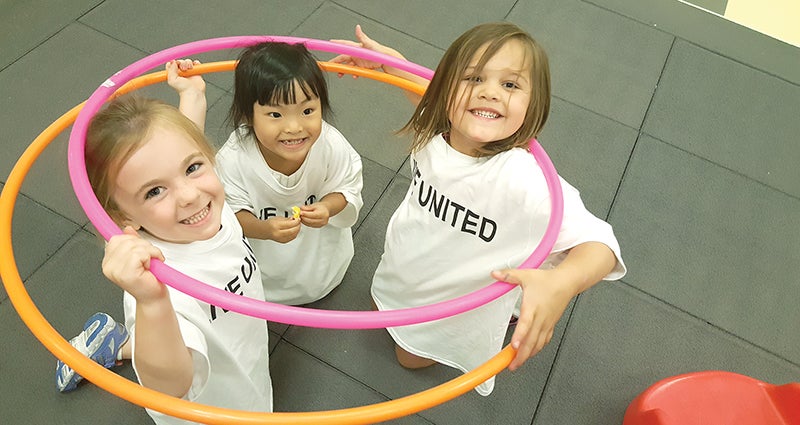Grassroots advocacy pays off for disabled Minnesotans
Published 4:44 pm Saturday, June 23, 2012
Around this time last year, Minnesota’s disability advocates were bracing for a series of devastating state cuts to health and human services programs. By July, we had a great deal of damage to repair from the 2011 legislative session.
The 2011 cuts to supports for people with disabilities were extensive. More than 6,000 personal care attendants received a 20 percent pay cut. 2,600 Minnesotans with disabilities received a 10 percent cut in the funding for their services. On top of these cuts, providers of disability supports also received funding slashes. Fewer community services were available for the 3,600 individuals and families who wait for them, making their wait longer. State funding to county disability programs was also cut.
When Minnesota received an unexpected windfall $73 million from health plans in early April, the disability community was well-positioned to benefit. On April 4, more than 650 direct care staff, parents, and other family members descended on the Capitol to speak to their legislators and rally in the Rotunda in favor of disability supports. By the end of the month, the House and Senate passed and the Governor signed a health and human services bill that, among other things:
• Delayed the 20 percent wage cut until July 1, 2013.
• Delayed a scheduled 1.67 percent funding cut to providers.
• Changed a state program that provides health care coverage so working people with disabilities over age 65 can stay on the program and on the job.
• Reduced the 10 percent cut in funding for 2,600 Minnesotans living in the community to 5 percent if the state received approval for specific proposals from the federal government.
Not only did the bill provide a much-needed break from cuts to people with disabilities and their caregivers, but it was approved by virtually every legislator. In an era of hyper-partisanship, this lopsided vote of approval was evidence that our voices were being heard. People with disabilities, their families, and other caregivers must continue to make their voices heard loudly and clearly in the 2013 Session. Since some of the 2012 victories are only temporary, our advocacy must call for more permanent solutions.
Part of the solution is a fairer tax system, one that asks all Minnesotans to contribute their share of revenues. Our agency, The Arc Minnesota, is a member of the Invest in Minnesota coalition, which has worked for the past several legislative sessions for such a system. Disability advocates must be part of coalitions like this so our voices for change will be even louder and the pressure on legislators even greater.
More revenue is only part of the solution, however. We also must speak loudly in favor of reforms in the way we support people with disabilities. The Arc Minnesota highlighted one of those reforms in a MN2020 commentary back in March about Housing Access Services, a service that provide better value for public dollars while creating better lives for people with disabilities.
The State of Minnesota is looking at other reforms to move people from more expensive nursing homes to the community, as well as give people with disabilities more control over the money they receive for PCA services.
These proposals deserve widespread support. If we want more lasting progress for people with disabilities and a more sustainable future for them, our efforts must be dedicated to not only protect effective disability supports in the present, but to create effective supports for the long-term.
Jamey Helgeson is the Program Director at The Arc of Mower County and can be reached at jamey@arcmowercounty.org or by calling 507-433-8994, Extension 102. You can also visit our website (www.arcmowercounty.org) and follow us on Facebook.





